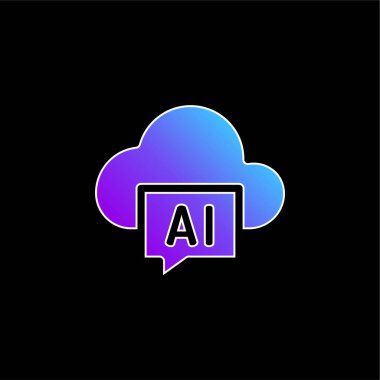In today's fast-paced digital landscape, harnessing the power of artificial intelligence (AI) is no longer a luxury but a necessity for businesses seeking to stay ahead of the curve. Fortunately, with the advent of cloud computing, the barriers to entry for AI development have significantly lowered, opening up a world of possibilities for organizations of all sizes. One of the most effective ways to leverage AI in the cloud is by building custom solutions using Application Programming Interfaces (APIs) and Software Development Kits (SDKs) provided by cloud service providers.
Understanding Cloud APIs and SDKs
Before diving into the intricacies of building custom AI solutions, let's first clarify what exactly APIs and SDKs are in the context of cloud computing.
-
APIs: Application Programming Interfaces serve as intermediaries that allow different software applications to communicate with each other. In the realm of cloud computing, APIs expose functionalities and services provided by cloud platforms, enabling developers to access and utilize them within their own applications.
-
SDKs: Software Development Kits are sets of tools, libraries, and documentation that streamline the process of integrating with a particular platform or service. SDKs often include pre-built code snippets and utilities that simplify common tasks, accelerating the development process.
Cloud providers such as Amazon Web Services (AWS), Google Cloud Platform (GCP), and Microsoft Azure offer comprehensive sets of APIs and SDKs tailored to AI and machine learning (ML) development, empowering developers to build custom solutions without having to reinvent the wheel.
Benefits of Building Custom AI Solutions with Cloud APIs and SDKs
1. Rapid Development: Cloud APIs and SDKs abstract away much of the underlying complexity associated with AI development, allowing developers to focus on building and refining their custom solutions rather than wrestling with infrastructure and low-level implementation details.
2. Scalability: By leveraging cloud-based AI services through APIs, organizations can seamlessly scale their applications to handle varying workloads and user demands. Cloud providers automatically manage resources such as computing power and storage, ensuring optimal performance without the need for manual intervention.
3. Cost-Effectiveness: Cloud-based AI services often operate on a pay-as-you-go pricing model, enabling organizations to align their expenses with actual usage. Additionally, building custom solutions with APIs and SDKs eliminates the need for large upfront investments in infrastructure, making AI development more accessible to businesses of all sizes.
4. Integration: Cloud APIs are designed to seamlessly integrate with existing software applications and workflows, enabling developers to augment their products with AI capabilities without disrupting existing processes. SDKs further facilitate integration by providing well-documented interfaces and code samples for popular programming languages.
Building Custom AI Solutions: A Step-by-Step Guide
Now that we've explored the benefits of leveraging cloud APIs and SDKs for AI development, let's outline a step-by-step approach to building custom AI solutions using these tools:
Step 1: Define Requirements and Use Cases
Begin by clearly defining the objectives and requirements of your AI solution. Identify specific use cases and scenarios where AI can add value to your business or product.
Step 2: Choose the Right Cloud Provider and Services
Evaluate different cloud providers and their offerings to identify the services and APIs that best align with your requirements. Consider factors such as pricing, performance, and availability of pre-trained models.
Step 3: Set Up Your Development Environment
Create an account with your chosen cloud provider and set up your development environment. Install any necessary SDKs and configure your development environment to access the relevant APIs and services.
Step 4: Develop and Test Your Solution
Utilize the documentation and resources provided by the cloud provider to develop your custom AI solution.
Step 5: Optimize for Performance and Scalability
Fine-tune your AI solution for optimal performance and scalability. Experiment with different configurations and parameters to achieve the desired results while minimizing resource usage and latency.
Step 6: Deploy and Monitor
Once your solution is developed and tested, deploy it to a production environment and monitor its performance in real-world scenarios. Use cloud monitoring and analytics tools to track key metrics such as throughput, latency, and error rates.
Step 7: Iterate and Improve
Continuously iterate on your AI solution based on feedback and performance metrics. Update your models, refine your algorithms, and explore new features and capabilities offered by the cloud provider.
Building custom AI solutions with cloud APIs and SDKs represents a powerful opportunity for organizations to unlock innovation, drive efficiency, and gain a competitive edge in today's digital economy. By leveraging the scalability, flexibility, and convenience of cloud computing, developers can bring their AI visions to life faster and more cost-effectively than ever before. Whether you're a startup looking to disrupt an industry or an enterprise seeking to optimize operations, embracing cloud-based AI development is a strategic imperative for success in the 21st century.


No comments yet